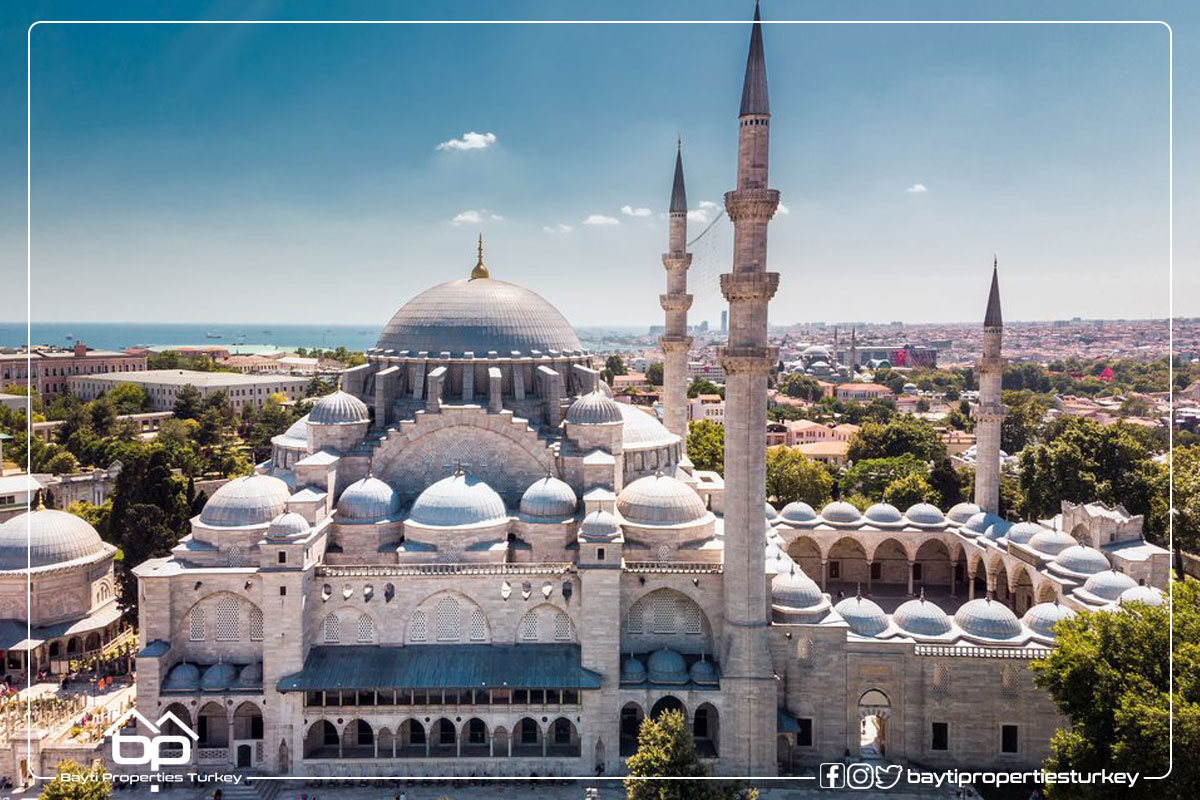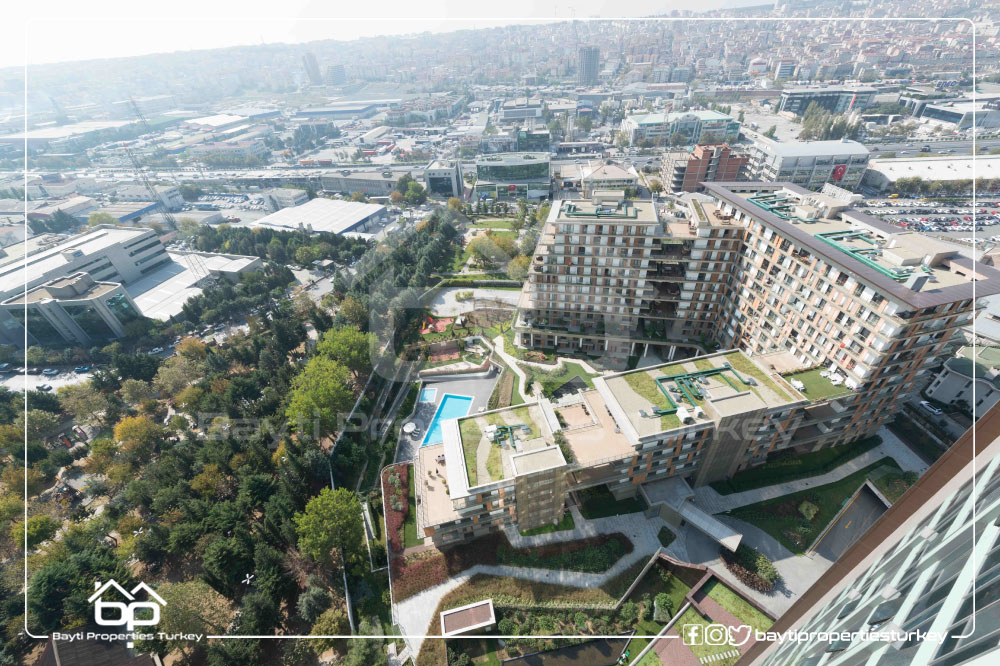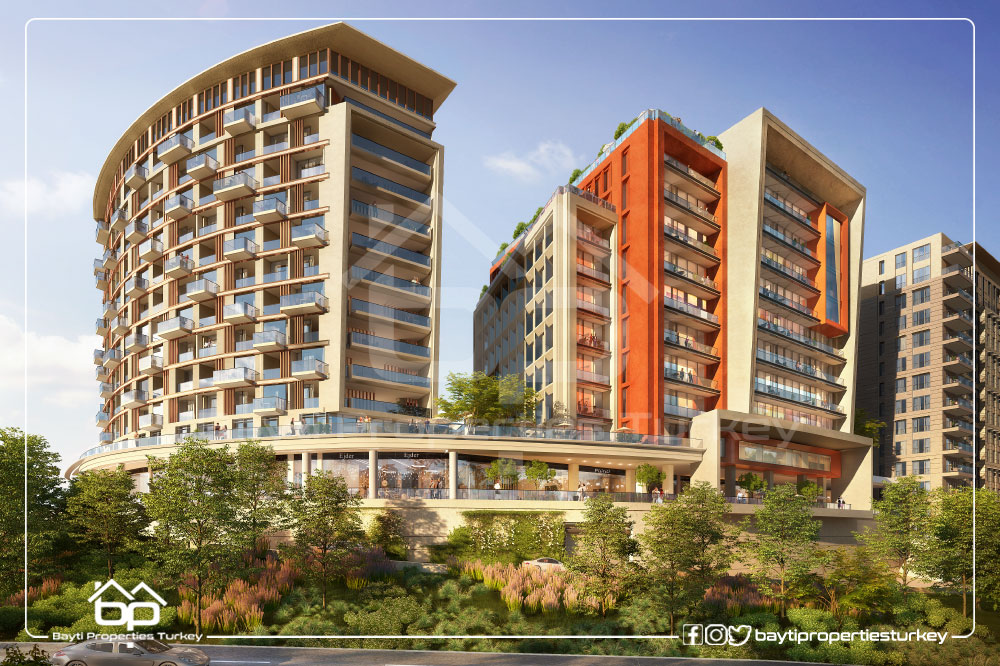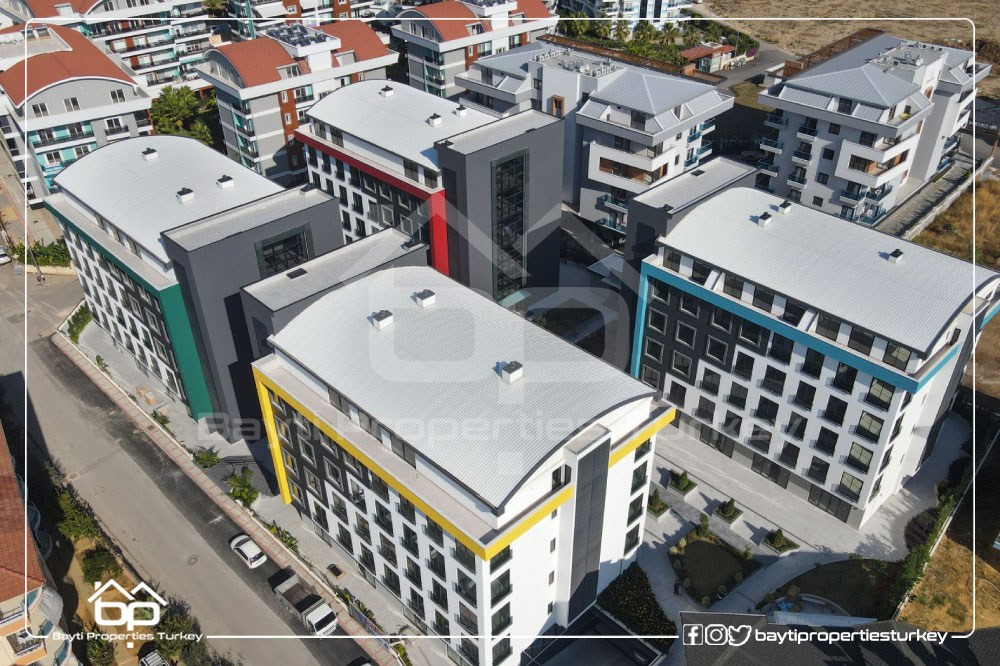If you are eager to get to know the Ottoman Empire and see it at the height of its greatness, you should visit the place that represents this time, where its greatest men lie… The Sulaymaniyah Mosque (Suleiman the Magnificent)
Sulaymaniyah Mosque… Tomb of Suleiman the Magnificent
The icon of the Ottoman Empire with its splendor translated into the building of the “Sulaymaniyah Mosque”, the mosque of the statesman and justice Sultan Suleiman.
The order to build the Sultan Suleiman Mosque was issued by the person of the Sultan himself, who chose for his mosque the most important architect of the Ottoman Empire (Sinan Pasha) to build for him an architectural legend worthy of the name Suleiman the Magnificent, to start construction in 1550 AD
It is said that the Sultan opened the treasury for Sinan Pasha, which made him pour all his abilities and creativity into this great edifice.
To open the Sulaymaniyah College as a whole in 1557 AD, which is the largest Islamic complex after the Fatih complex.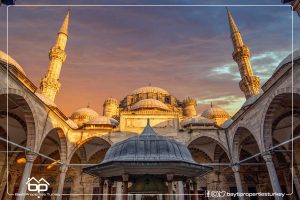
The complex consists of a hospital, schools, a hotel, bathrooms, a market and a library, which is the famous Sulaymaniyah Library.
It also contains the mausoleum of its designer (Mimar Sinan) in the outer section of the mosque’s courtyard
In addition to the tomb of (Sultan Suleiman) itself and with the tombs of his wife and daughter inside the mosque building.
The architecture of the mosque clearly depends on the Anatolian Islamic style, where Sinan Pasha was keen to build it with mortar only to earn it simplicity, grandeur and luxury at the same time.
The date of its foundation was engraved on the outside entrance of the mosque in Arabic letters
And from it to the interior, passing through the large garden of the mosque with its luscious greenery.
We stand in front of the mosque’s exterior design, which is characterized by its huge dome
It is based on half-domes and the four huge columns on its edges to strengthen the building, and because of its massiveness, it was known as the “elephant’s legs”.
There is no doubt that Sinan Pasha was inspired by the design of this dome from the icon of Byzantium (Hagia Sophia), which’s dome was designed similarly, as Sinan Pasha intended to bypass it with this edifice.
Then, on both sides of the mosque building, its four minarets appear in the distinctive conical shape of all Ottoman-style mosques
Its number was intended to represent the order of Sultan Suleiman over the Sultans of the Othman family after the conquest of Constantinople
The total of the balconies of the minarets combined is 10, which also represents the arrangement of Sultan Suleiman among the sultans of the Ottoman Empire since its foundation.
As for the mosque building from the inside, it is characterized by various floral inscriptions, Arabic letter decorations and Quranic verses, most notably the inscription of verse 35 of Surah Al-Nur on the main dome from the inside.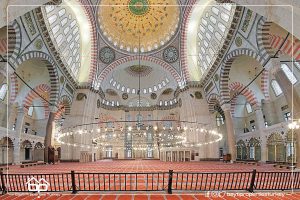
The interior design is also distinguished by its ventilation system, as it was designed to drain the smoke of the lanterns from it to the top of the main dome in a small room in which it is said that this collected smoke was used by writers as writing ink, and thus the genius architect Sinan Pasha was the first to implement the idea of recycling on the ground.
As for the mihrab of the mosque and the minbar of the imam, they were built entirely of alabaster and were also decorated with Islamic inscriptions
One of the most beautiful places inside the mosque is the tomb room of the Sultan, which’s ceiling was paved with pure diamonds to look like a starry sky.
One of the most important features of the Sulaymaniyah Mosque, in addition to the grandeur of its internal and external design, is the durability of its building. Since its construction, it has not been subjected to any kind of demolition or destruction despite the numerous earthquakes that struck the city. This is another evidence of the genius and uniqueness of the most famous architect of the Ottoman Empire (Sinan Pasha). .
The Sulaymaniyah complex is located in the most important areas of Istanbul, in the middle of the Golden Horn, near the well-known Eminonu district and the Grand Bazaar.
The mosque can accommodate 5000 worshipers and the complex opens its doors to visitors and tourists, in addition to worshipers throughout the day

